Collective investment trusts (CITs) comprise nearly half of all assets in target date funds and are on track to surpass mutual funds as the most popular investment in that strategy, according to independent research by Morningstar. Many plan sponsors are adding CITs to their lineup because CITs are touted to be less expensive and more flexible than mutual funds. While CITs may be a valuable tool to help participants achieve their retirement goals, plan sponsors should be mindful of the various disclosure and compliance requirements associated with CITs as well as their risks and limitations.
What is a CIT?
CITs—also known as collective investment funds (CIFs)—are professionally managed, pooled investment vehicles that are organized as trusts. Like mutual funds, they pursue a stated investment strategy and follow specific rules. Each CIT is managed and operated in accordance with the applicable trust’s governing documents.
CITs generally are only available to certain qualified retirement plans. They are privately held and therefore can’t be purchased in the retail market like mutual funds. Most CITs qualify as exempt from U.S. taxes because they are “group trusts” under IRS Revenue Ruling 81‐100.
Key differences between CITs and mutual funds include:
- Management: Banks or trust companies manage CITs and act as fiduciaries. Each year, CITs are required to issue audited financial statements and report pro rata shares on the plan’s Form 5500.
- Regulation: CITs are regulated by the Internal Revenue Service (IRS), Department of Labor (DOL), and Office of the Comptroller of the Currency (OCC); they are exempt from registration with the Securities and Exchange Commission (SEC).
- Cost: Since they are privately held, CITs don’t carry advertising costs like mutual funds. Because of their exemption from SEC reporting, they tend to carry lower regulatory costs.
Closer look at CIT-specific requirements
Lower costs are certainly a major consideration in favor of adopting CITs. However, plan sponsors should be aware of how investing in a CIT affects the Plan’s audited financial statements, Form 5500, and participant communications.
CITs require annual audited financial statements, and the pro rata shares in the investment must be reported on Schedule D of the plan’s Form 5500. Some banks and trust companies report their CIT holdings directly to the DOL, which allows plan sponsors to reduce the disclosures for those certain investments under ASC 820.
CITs are tax-exempt if they are exclusive to participants in a qualified retirement plan. While banks or trust companies aren’t required to get an IRS determination letter to verify the tax-exempt status, plan sponsors should request it to ensure the CIT will not be taxed as a corporation.
CITs are flexible investment vehicles that can be customized to include unique features such as trading frequency. Participants may not be able to trade their investment daily as they would when invested in a mutual fund. In addition, plan sponsors may be restricted when trying to exit a CIT. These features would be outlined in the CITs declaration of trust. Plan sponsors should be aware of what is in the CIT declaration of trust to understand redemption schedules and ensure clear communications with participants.
Insight: Beware of potential blind spots with CITs
CITs can be beneficial to plan sponsors and participants; however, plan sponsors need to fully understand the investment structure be reading the declaration of the trust. Plan sponsors should ensure they have received all the necessary information to accurately report the investment on their financial statements and Form 5500.





